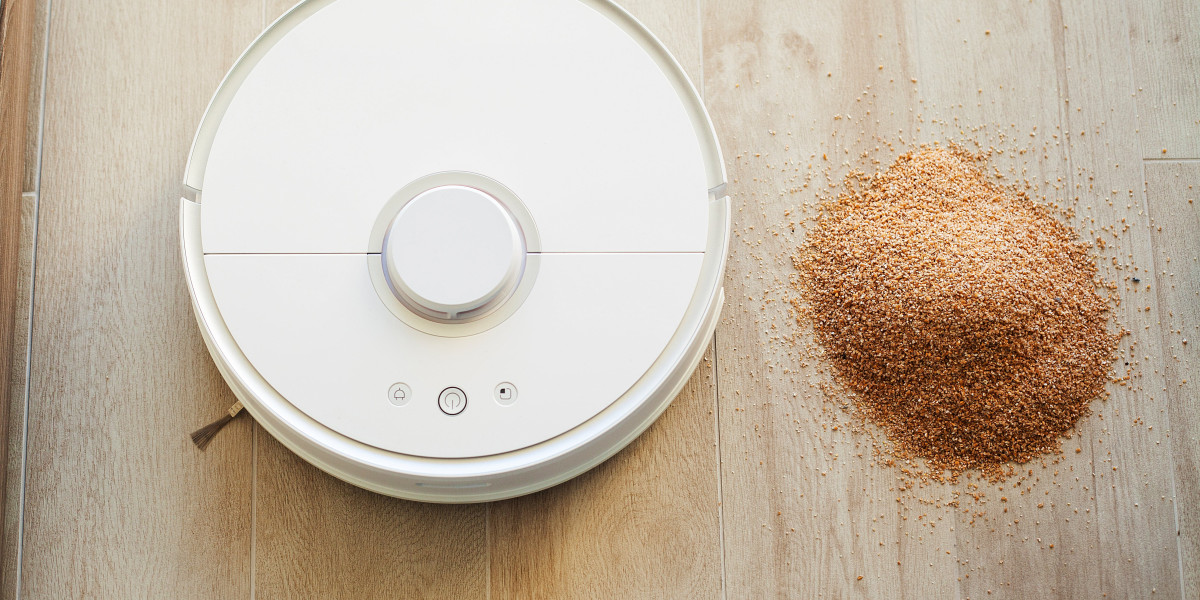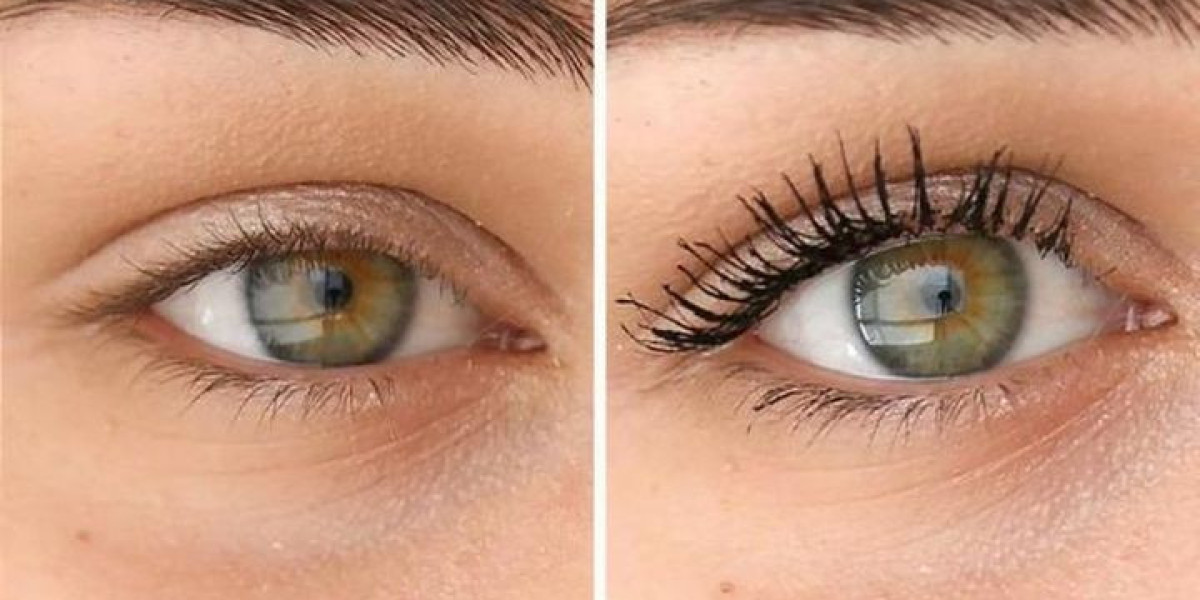 A robot vacuum cleaner is the perfect solution to keep it clean in your home. They're great for picking up pet hair, crumbs and dirt from hard floors like tiles or wood and carpets with a low pile.
A robot vacuum cleaner is the perfect solution to keep it clean in your home. They're great for picking up pet hair, crumbs and dirt from hard floors like tiles or wood and carpets with a low pile.Expect models to come with navigation systems that were only seen in top robots a few years ago. They are also able to avoid obstacles and be controlled through an app. You can also make use of zone or spot cleaning to target a particular area.
Object Detection
Many robot vacuums get stuck on socks, cords and pet toys as they attempt to clean carpeted surfaces. That's why it's important to remove these areas prior to you turn on the robotic cleaner, and the best models come with obstacle detection to aid in this. This technology makes use of sensors that identify large obstacles, and then navigates around them to stop the robot from crashing into them or breaking them. This technology can save time since it doesn't have to put away socks, shoes, and cords prior to cleaning.
The majority of robots utilize a variety of sensor technologies to determine their position in the room and how they should move around. Some use simultaneous localization and mapping, using a laser to map the floor and sensors to determine their current location within the space. They can then determine their position relative to the space's layout even when furniture is moved. Others use 3D Time of Flight (ToF) Technology that measures how light reflects off objects to create an 3D model of the surrounding. This provides them with a precise understanding of the space however it's not accurate enough to detect thin or transparent objects.
In the end, the most important feature to look for in a robotic vacuum is its capacity to remove dirt and other particles. That's why it's good to choose a model that has strong suction and is designed to work on all types of floors. You can also select one with a self-emptying bottom that lets you easily remove the bin and empty it without touching dirty debris or spills.
The best robots combine all of these features with modern capabilities, such as smart mapping and remote controls that allow you to set up cleaning cycles and manage the machine through an app. They also have features that allow them to be more suitable for certain environments, like hard floors and carpeting with low pile. Consider the layout of your house and which features will make it easier to keep it tidy when contemplating buying a robotic.
Object Avoidance
A lot of robot vacuums utilize objects avoidance. This means that they utilize sensors to identify various objects and keep them away from them. This feature is crucial for robot vacuums as it allows them to move faster and more efficiently around your home, by not hitting furniture or walls repeatedly. This feature also reduces the chances of the robot vacuum cleaner getting stuck on the sofa or your pet's toy.
This model recognizes up to 30 kinds of obstacles2 such as cables, furniture and shoes by using binocular or monocular vision. It then learns from these experiences and improves its obstacle recognition over time. This technology is suitable for most environments, but may not be as accurate in low light or with objects that are similar in color to the surrounding floor or wall.
In recent years, mapping and navigation technology has advanced significantly. While we are still far from the Rosey the Robot vision of a robot cleaning companion who can also mop, vacuum and climb stairs, significant improvements have been made in these areas. Certain models, such as Dyson V8 Animal and Absolute, are so sophisticated that they create an intelligent map of your home that can aid them in navigating.
The DEEBOT X1 TURBO is another example. It is able to clean itself in its Clean Station while it vacuums and mops with an integrated mopswab, which refills the robot’s water tank and cleans the mops and then uses cool air for sanitizing them. The combination of intelligent sensors 3D mapping, lidar mapping makes this robot vacuum and auto mop the best we've seen in this price range.
Eufy Clean X10 Pro omni is a less expensive option, is an excellent option. It combines a powerful mopping robot with a powerful cleaning device. It has a great mopping algorithm with powerful oscillating mops as well as an easy-to-use app. It also has a unique onboard bin for compression, quiet auto-emptying and the suction power of 8,000Pa to perform a thorough job. It also comes with a multi-function wash dock that auto-refills and is also refillable as well as strong obstacle avoidance and smart mapping.
Self-Emptying
The outsourcing of vacuuming to a robot can save you time and make your floors look better than you could manage on your own. One of the drawbacks of robotic vacuums is that they accumulate more dust with each passing. This means that their dust bins are filled faster. That's where self-emptying robot vacs are useful. They store the dirt they accumulate in a bigger compartment within the charging dock for robots. You can expect to empty the compartments only a few time a month.
The size of a bin is also a factor in how often you'll need to change its dust bag It's a good idea to shop for a model with a large capacity. Some models can keep dust for as long as two weeks, which can lower the need for maintenance.
Many robot vacuums that have self-emptying capabilities also have mopping functions. The majority of robot mops, in contrast to their vacuum counterparts have front-loading tanks that allow you to clean and dry the mopping pads that are dirty between uses.
A mop can be used to get rid of sticky spills, food debris and other messes that are hard to get rid of using a traditional vacuum. Make sure to choose the model that has features that work with your smart home. For instance, if you want it to be compatible with voice control devices or have Wi-Fi connectivity.
Certain robot vacuums make loud noises during operation, which is why it's crucial to select a model that has an option for quiet mode. In the absence of this, your robot could interfere with family conversations or work when you're trying to relax.
It's also a good idea to read the description of the product carefully and look for a specific specification, such as "Pa." This measurement is a measure of the amount of pressure, or suction, that a robot is able to create on a floor. You'll require a higher Pa rating for floors that are hard, and a lower rating if your floor is carpeted. It's important to choose a battery with a longevity that lasts at least a couple of hours between charges. This is especially true in the case of a vacuum that is used for quick cleaning or if your floor is often covered in dirt and crumbs.
App Control
With smart-compatible models, you can make use of voice-assistance technology and operate the robot vacuum cleaner via an app for your smartphone. Certain models let you automate cleaning cycles so they operate at specific times - perfect for families with a busy schedule. Certain models are compatible with smart home ecosystems, and are able to connect with other devices that are connected, such as smart speakers that are Wi-Fi compatible.
You can also select from a variety of self-cleaning robotic vacuums with mopping capabilities and dust bins that automatically empty themselves. These cleaning stations all-in-one feature a specific MopMaster(tm) system that applies high-speed rotation and downward pressure to remove hard dirt, dust and other debris from your floors. These smart 3-in-1 machines include automatic water refills, HEPA filters, automatic dirt disposal, and a smart mapping system.
Lowe's has a variety of models that are energy efficient, and use less power than traditional vacuum cleaners. They are available in a variety of colours and finishes that fit in with your decor. You can choose a small robot vacuum that blends in and stays out of the way.
 To find the best robot vacuum, search for features that meet your particular cleaning requirements and preferences. For instance, those who have pets should consider getting an option with anti-static brushes or HEPA filters to cut down on allergens. You can also opt for an appliance with an additional trash container to reduce the frequency of emptying. Some models come with a hygienic one-touch ejection system which ejects dust into the garbage in one motion. Other features that are useful include a LED light ring that can be used to navigate in dark areas, and 26 sensors on the outside that help the robot avoid obstructions and restricted areas.
To find the best robot vacuum, search for features that meet your particular cleaning requirements and preferences. For instance, those who have pets should consider getting an option with anti-static brushes or HEPA filters to cut down on allergens. You can also opt for an appliance with an additional trash container to reduce the frequency of emptying. Some models come with a hygienic one-touch ejection system which ejects dust into the garbage in one motion. Other features that are useful include a LED light ring that can be used to navigate in dark areas, and 26 sensors on the outside that help the robot avoid obstructions and restricted areas.



